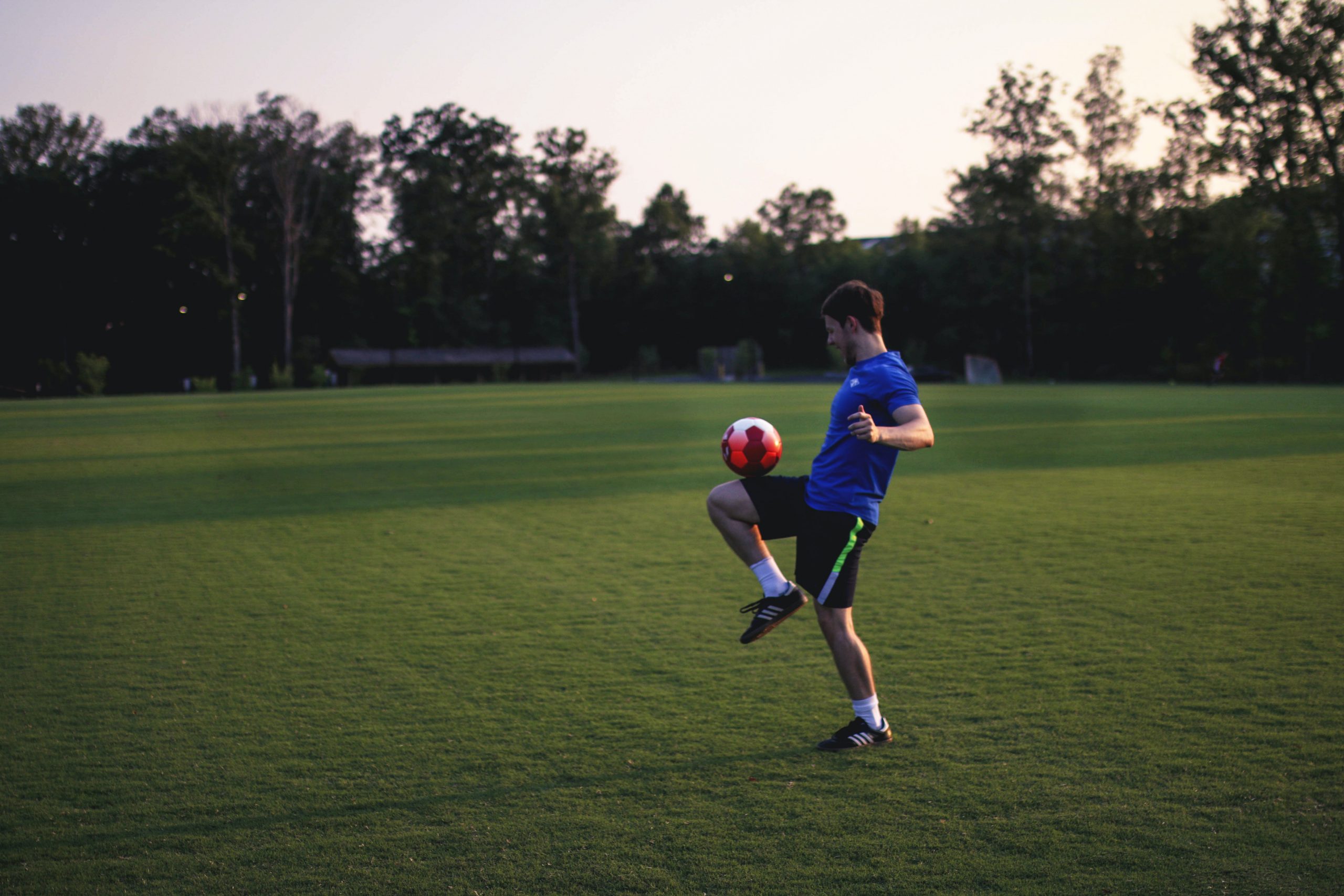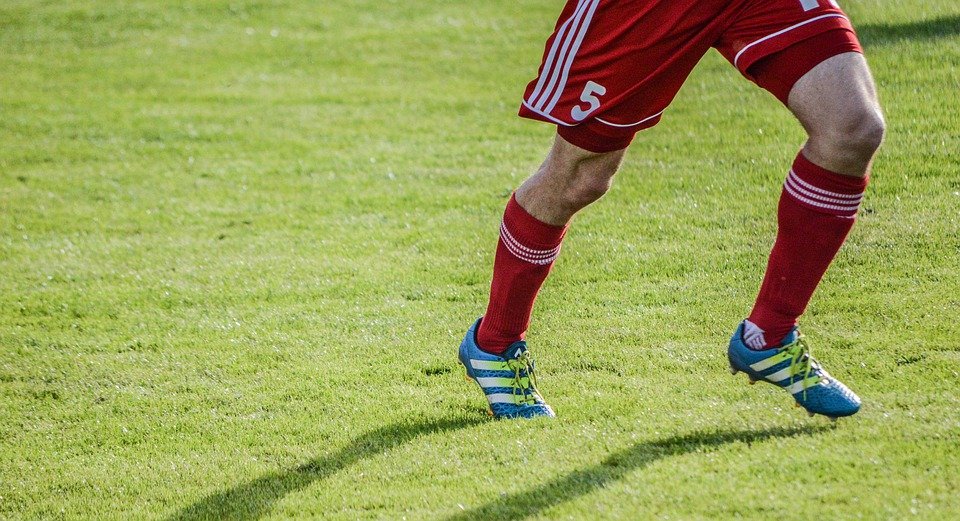We've listed the Top 11 Beach Soccer Rules below to help you get the most out of your beach soccer experience. Many tournaments have made changes to these laws, but others are working to comply with FIFA rules. As everybody changes, please be careful with the referees and other coaches. Check out the tournament rules. Game Delay by the Goalkeeper (the "5 Second Rule") The goalkeeper has 5 seconds after gaining hold of the ball to release it.The winning team is given a direct kick from the middle halfway line if the goalkeeper delays the game (5 second rule). Modifications If the ball is in play or not, substitutions may be made at any moment.Before the replacement may reach the area, the player must exit.Infraction by a substitute results in a direct kick from the middle halfway line (ALSO INCLUDES a 2 MINUTE PENALTY IN THE PRO BRACKET ONLY) In the offensive half of the ground, there is a foul. As a result, a free kick is awarded from the foul spot. Only the ball or the player's foot can be used to build a mound.All other players form a straight line parallel to/behind the ball's location.Unless injured and replaced, the player who was fouled would take the kick. Only the replacement will take the kick in the event of an injury. The kick is a straight one. "Cone" for a foul in the defensive half of the field. As a result, a free kick is awarded from the foul spot. Only the ball or the player's foot can be used to build a mound.By drawing a line between the ball and each goal post, all other players create an imaginary "Cone."Players must wait until the ball has either touched the field or the opposing goalkeeper before entering the "cone."Unless…
Month: May 2021
The Brazilian people's love of football has spread beyond the football field to the beach. Traditional movements were adapted to the sand, an area in which talent, improvisation, excellent physical conditioning, and the swing and natural abilities that Brazilian footballers are known for have all overflowed. The heat, the sea, and the sand of Copacabana Beach provided the backdrop for the creation of Beach Soccer, a sport characterised by plasticity, aerial moves, dazzling dribbles, and goals…lots of goals. Beach Soccer rules were developed by the founding partners of Beach Soccer Worldwide in a dynamic format that allows each player's individual skills to shine while emphasising fair play among the athletes. The game was designed to be a popular spectator sport that would value and generate advertisement and sales revenue. The formula has proven to be efficient. Beach soccer has rapidly spread around the globe, with 75 countries participating in the six FIFA Confederation Regions. It is a sport that is enjoyed by both men and women, as well as girls. The scene has always been the same: plenty of sun and humidity, packed stadiums, sports stars on the Podium of Honour, massive lines forming before dawn for a place to watch World Championship finals, and so on. Internationally renowned players such as flamboyant Frenchman Eric Cantona, legendary Spanish strikers Michel and Julio Salinas, and Brazilian samba stars Romario, Junior, and Zico have helped to expand television coverage to large audiences in over 170 countries around the world, making Beach Soccer one of the fastest growing professional sports in the world and converting it to a spectator sport. Organizing the market The early success of the World Championships (founded by Koch Tavares) saw commercial interest begin to match developments on the field, and the Pro Beach Soccer Tour, organised by the…
While there have been games involving balls being kicked around a field reported all over the world, the current rules of Association Football, also known as soccer, can be traced back to the mid-nineteenth century England. The great public schools of England could finally compete on an equal and level playing field by standardising the many different rules that existed at the time. Football is a sport that has been played in England for decades. Medieval or mob football was often played between towns and villages, with rival teams colliding to deliver an inflated pigs bladder from one end of town to the other. Kicking or hitting the bladder, or ball, as well as the opponents, was allowed… There were few rules in these mediaeval matches, and they were chaotic. Football in a gang Scoring the Hales, a Shrove Tuesday football game held in Alnwick, Northumberland, as well as Royal Shrovetide Football in Ashbourne, Derbyshire, and other Shrove Tuesday football games held in Atherstone, Warwickshire, and Corfe Castle in Dorset, to name a few, are still played today. Henry VIII is a British monarch who reigned King Edward II, concerned about football's negative impact on London's good people, banned the sport from the area. Later, in 1349, his son Edward III outright outlawed football, fearing that it was diverting men's attention away from archery practise. Following the huge death toll caused by the Black Death, England needed as many archers as possible to carry out Edward's military ambitions in both France and Scotland. Henry VIII, who was known for his sporting prowess in his youth, is thought to have owned the first pair of soccer boots when his royal footwear collection was registered in 1526 as having "…45 velvet pairs and 1 leather pair for football." Henry subsequently outlawed the…



